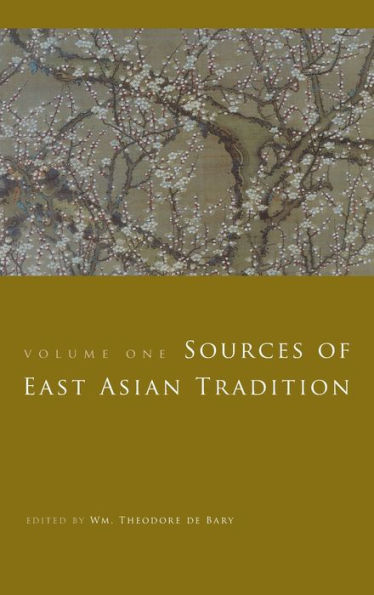5
1
9780231143042


Sources of East Asian Tradition: Premodern Asia available in Hardcover

Sources of East Asian Tradition: Premodern Asia
- ISBN-10:
- 0231143044
- ISBN-13:
- 9780231143042
- Pub. Date:
- 07/15/2008
- Publisher:
- Columbia University Press
- ISBN-10:
- 0231143044
- ISBN-13:
- 9780231143042
- Pub. Date:
- 07/15/2008
- Publisher:
- Columbia University Press
135.0
In Stock

Product Details
| ISBN-13: | 9780231143042 |
|---|---|
| Publisher: | Columbia University Press |
| Publication date: | 07/15/2008 |
| Series: | Introduction to Asian Civilizations |
| Pages: | 936 |
| Product dimensions: | 6.12(w) x 9.25(h) x (d) |
| Age Range: | 18 Years |
About the Author
From the B&N Reads Blog
